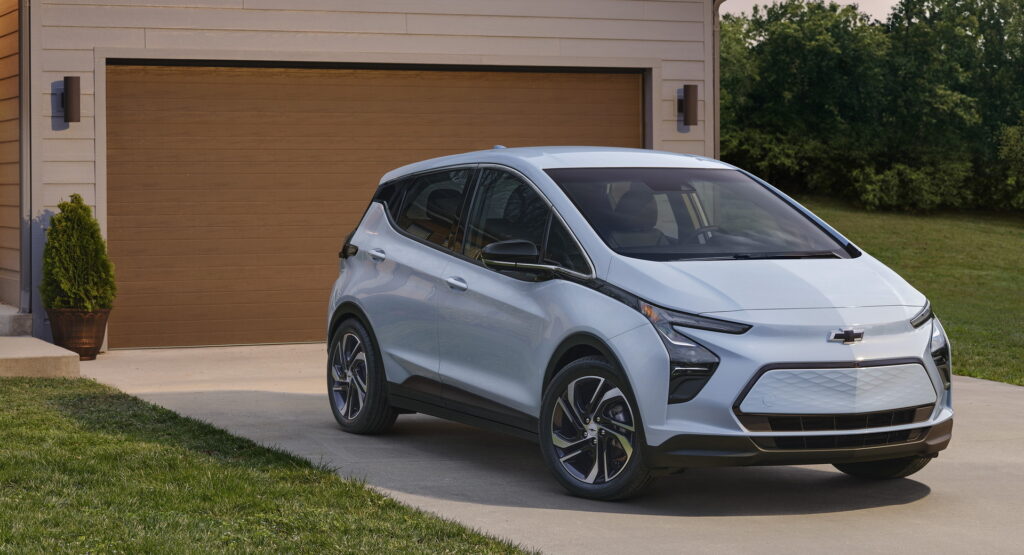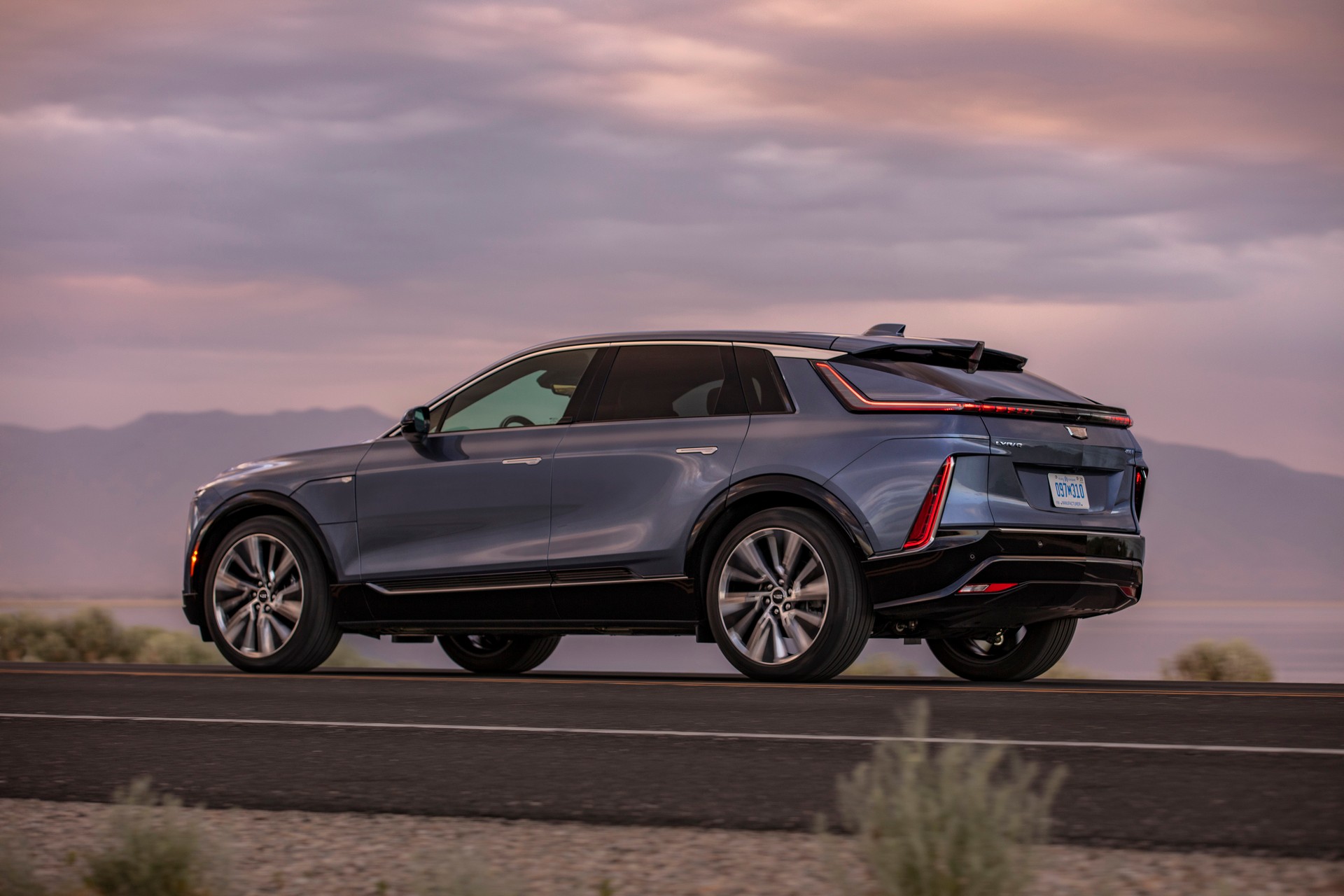General Motors believes it can generate more than $50 billion in revenue from electric vehicles alone in 2025.
While the Chevrolet Bolt EV, Bolt EUV, Cadillac Lyriq, and the GMC Hummer EV pickup are the only four EVs currently available at GM dealerships, the car manufacturer will launch a plethora of new EVs in the coming years, including the Chevrolet Silverado, Blazer, and Equinox, as well as the GMC Hummer SUV and the Cadillac Celestiq. Buick will also introduce its first EV in the U.S. in 2024.
The automaker claims that its EVs will be “solidly profitable” by 2025 and that margins will nearly match those of its internal combustion vehicles.
Speaking with Auto News, GM said it expects to see low- to mid-single-digit margins on EVs by mid-decade and that they will generate over $50 billion in revenue from EVs, representing a good portion of the brand’s expected $225 billion in total revenue in 2025. These figures do not take into account revised federal EV tax credits.
“We actually estimate that these tax credits are going to be worth $3,500 to $5,500 per vehicle coming from GM through 2025,” GM chief financial officer Paul Jacobson said at the carmaker’s recent Investor Day. “Together, these credits could add 5 to 7 points of margin to the EVs, which puts us in a position where the tax credits are accelerating what we were already going to do and get our vehicles to ICE-like margins by 2025.”
GM intends to produce 1 million EVs from five factories in North America in 2025, equal to almost half of the 2.1 million total vehicles that it produced in North America last year. Jacobson added the brand’s annual capital spending through 2025 will range from $11 billion to $13 billion.
“We believe the EV market will be even bigger by 2025 than the 17 percent share of industry that a lot of third-party forecasters are predicting,” he said. “And we’re going to do that with great design, quality, performance and more price points than anybody else can offer.”
He added that GM’s U.S. battery cell capacity should top 160 gigawatt-hours by the middle of the decade and that battery cell prices should fall from around $87 per kilowatt-hour in 2025 to less than $70 per kWh in the second half of the decade.





